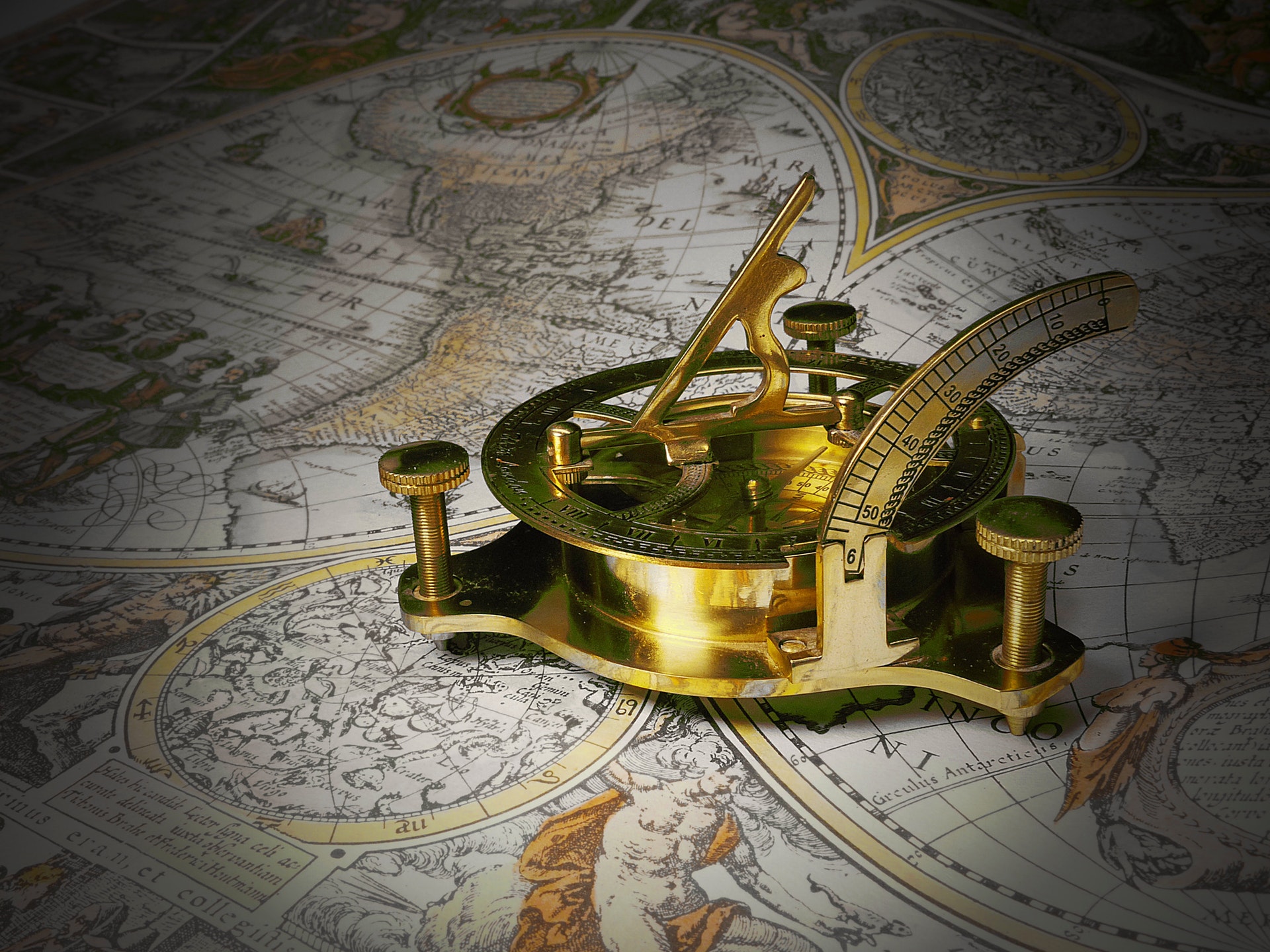Pleasure Maps

Pleasure Maps started out with me needing to map my own pleasure. I couldn’t orgasm from sex in my early 20’s.
It was confusing and frustrating. I couldn’t understand whether it was my anatomy, my mind, or the people I was with that were in my way. I read forums, books, went to workshops, you name it. And yes, I’m also a researcher. After years of learning about myself and over a year of a pleasure re-training regime, my body finally started to give in. It be*came* possible. Yet, I was still confused. What made one body orgasm so easily while another struggled? This and many other questions felt like a scratch on the surface of the deep and broad subject of sexuality and relating. I have been learning ever since.
Fast forward almost a decade, I found myself applying for a researcher role. They asked me to write a paragraph in response to ‘if you had all the money and time in the world, what would you research and how?’ Female orgasm was my first thought, and one that I swiftly pushed aside. Not very appropriate for the job, I figured. A week later I created Pleasure Maps. I knew I had most of the the skills needed and I really did (and do) love talking to strangers. It started out with me running around South East London’s community centres, churches, women’s groups, and cafes. This was my first unfunded piece of research, so I had to get pretty nifty about my participant recruitment. It wasn’t easy, but the message of the project resonated with a good proportion of the people I approached. One of the biggest challenges with getting participants was the level of vulnerability that the process involved. This vulnerability is what birthed the artistic component to the project; since all names have to be changed and faces hidden the stories needed a visual representation as well.
Pleasure Maps initially focused on women and stayed that way for the first 6 months or so. I quickly realised that I didn’t want the project to be about one gender that I wanted to include as much a variety as possible. I felt that there were plenty of female empowerment projects happening, but few of them linked the cross-gender commonalities and experiences. What was meant to be a research project with a thorough analysis and a neat list of learnings evolved into a more anecdotal approach because the stories were so rich, diverse and deeply personal. It simply felt wrong to scissor them up into points of data.
I don’t see Pleasure Maps ever stopping, perhaps evolving. I tend to have many ideas, and quickly lose momentum and with this project it’s different. Within the first 30 minutes of the first interview my storyteller was crying and I was crying. From that moment, I knew I couldn’t even imagine not doing this. The learnings have been immense and the gifts are so profound. My ambition is for this to be a community effort that continues to grow and evolve over time.
I believe that sexuality is one of the most vivid mirrors for who we are as individuals and as a society. It’s a space that encompasses intimacy, escapism, play, spirituality, power, culture and self-expression. It’s a place where we connect and where we hide; where we learn. It defines us beyond our control, it is our life force. My hope is that by sharing what sex actually means and how it feels for people from diverse groups, genders and orientations, we can build bridges between one another and create new narratives of what is, and can be real.
Website: pleasuremaps.com
Artist: Tarini Sethi






